A quintessential Georgian village house in a village filled with regional character and locally-sourced stone
In 1815 Adderbury saw the demolishment of the property which once stood where South House stands today. Luckily, the stunning 17th century gateposts were preserved and incorporated into a new house built ten years later, now on the market once more.


A quintessential Georgian village house, with sash windows, high ceilings and flagstone floors, South House, listed Grade II, overlooks the green and is flanked by deep herbaceous borders. It offers more than 3,800sq ft of living space on three floors, including four good reception rooms, five bedrooms, two bathrooms and a modern extension with a kitchen/breakfast room leading to a sun terrace and garden.
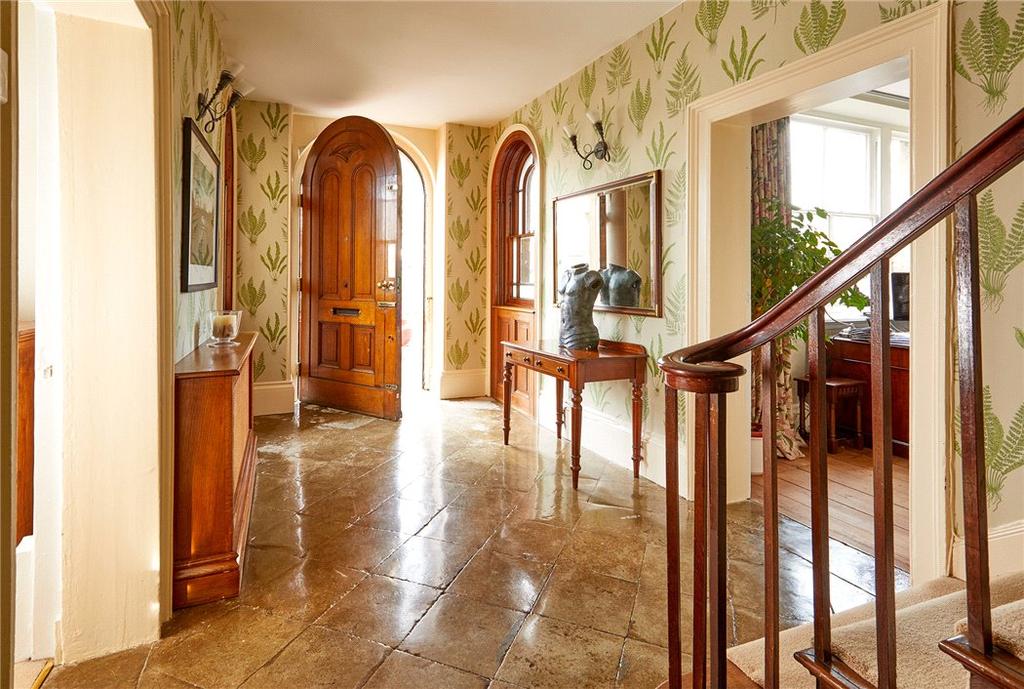
During their 16-year tenure, the present owners have rewired the building, updated the kitchen and bathrooms, added fireplaces and generally refurbished the house throughout. Now, following their decision to downsize, South House has come to the market through Knight Frank in Oxford at a guide price of £1.5m.
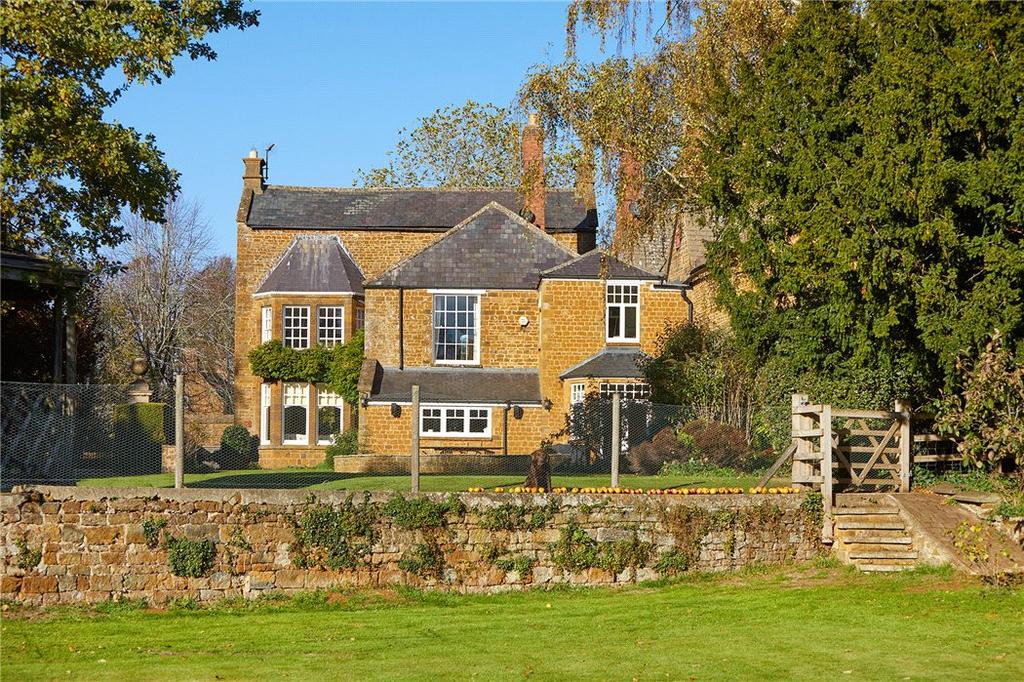
The ancient parish of Adderbury in Oxfordshire was largely bounded by rivers – the Cherwell was the county boundary with Northamptonshire in the east; to the south, the River Swere was the dividing line with the neighbouring parish of Deddington; and, in a westward direction, the Sor Brook, a tributary of the River Cherwell, separated Adderbury from Bloxham.
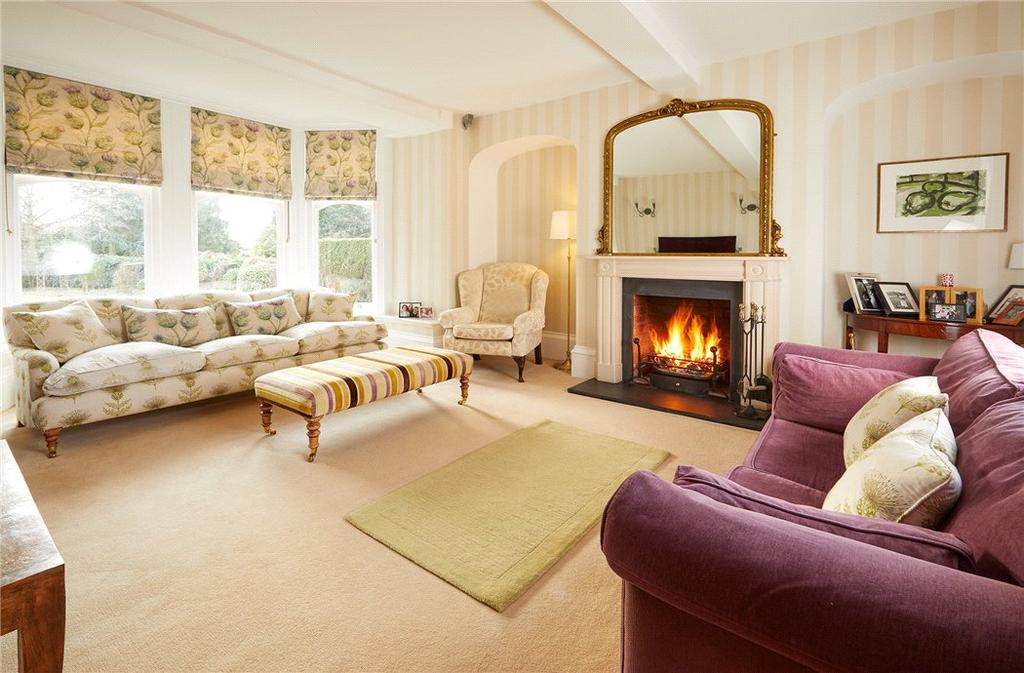
A landscape of undulating hill and river valleys, its characteristic red earth was a rich source of good building material: the ubiquitous sandstone and ironstone for which the villages of Oxfordshire and Northamptonshire are famous.
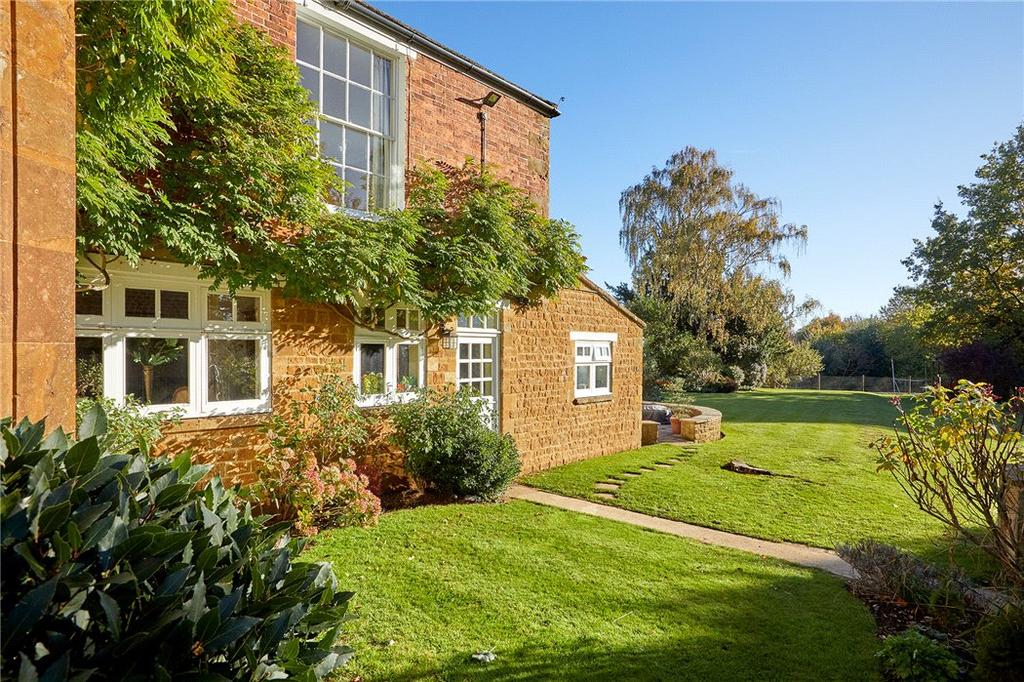
Adderbury’s position on the route through Banbury to the Midlands encouraged its development, yet, despite its growing population and prosperity during the 16th, 17th and 18th centuries, the villages have retained their regional character, thanks to consistent use of local stone and careful restoration and rebuilding in the 19th and 20th centuries.
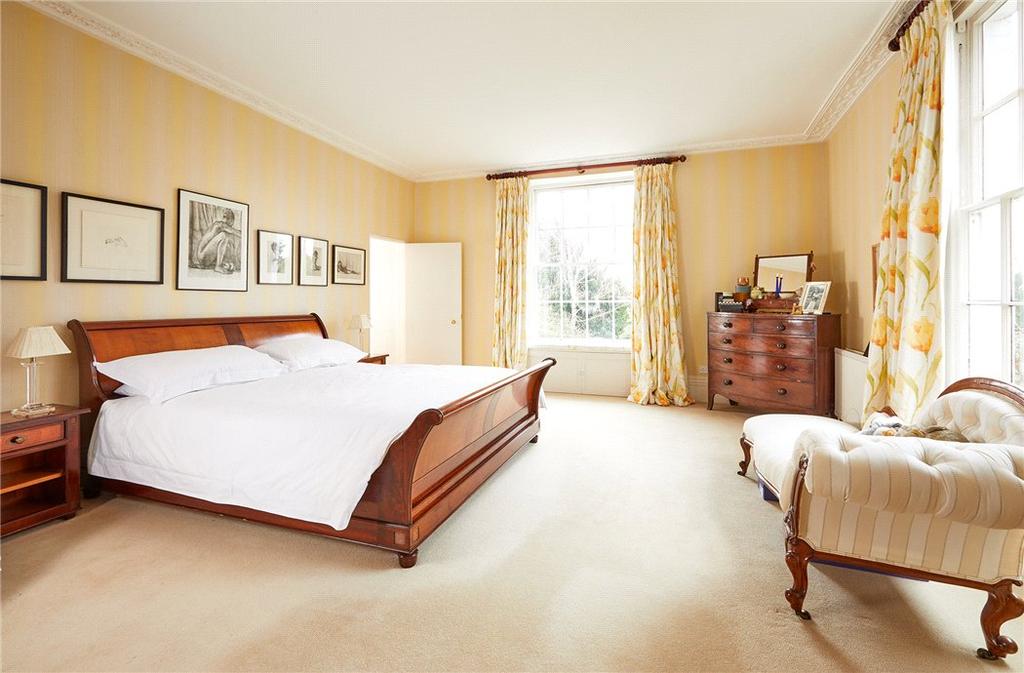
Today, Adderbury is a linear village, divided into two parts – east and west – of which Adderbury East is the most important. The older part of Adderbury East lies partly on the Oxford-Banbury road, but mainly on a winding branch road running west down the hill to the Sor Brook.
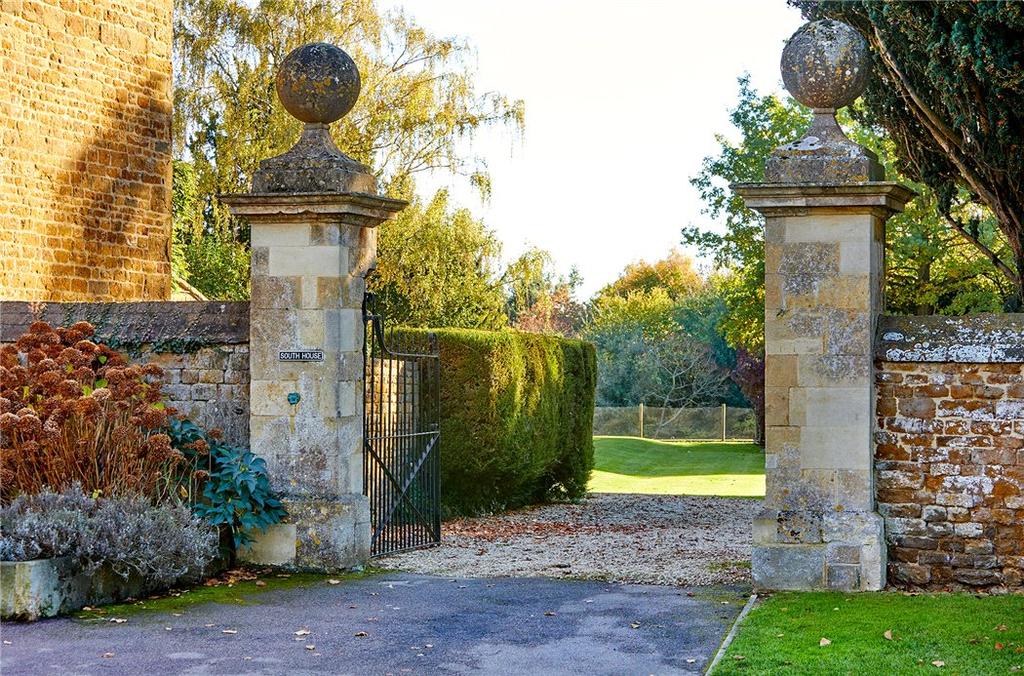
The green at the upper end of the village was where the houses of the rising gentry were built in the Tudor and Stuart periods. In the late 1600s, Celia Fiennes described Adderbury as a pretty village, ‘where there are two or three good houses, one of Sir Thomas Cobb’s, and Lady Rochester’s looks neat and well with good gardens’.
Sign up for the Country Life Newsletter
Exquisite houses, the beauty of Nature, and how to get the most from your life, straight to your inbox.
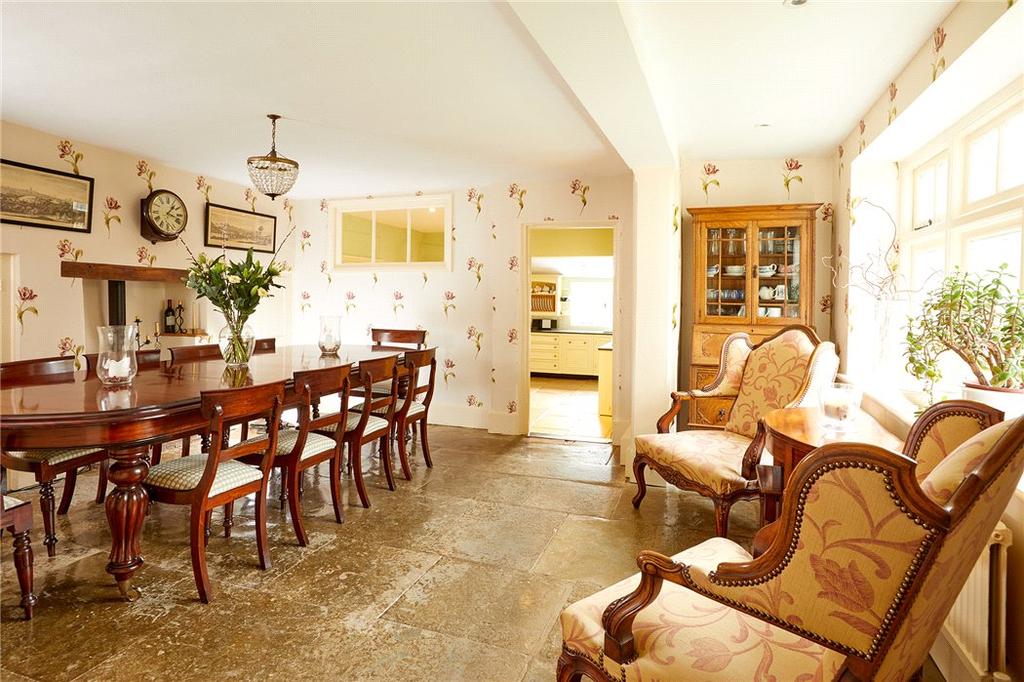
After this, the Cobb family continued to live in Sir Thomas’s house, before it was eventually let and allowed to fall into disrepair. By 1815, the building was a ruin and, according to its listing, was demolished that year, with only the 17th-century gate piers retained as part of a substantial new house, built in 1824.
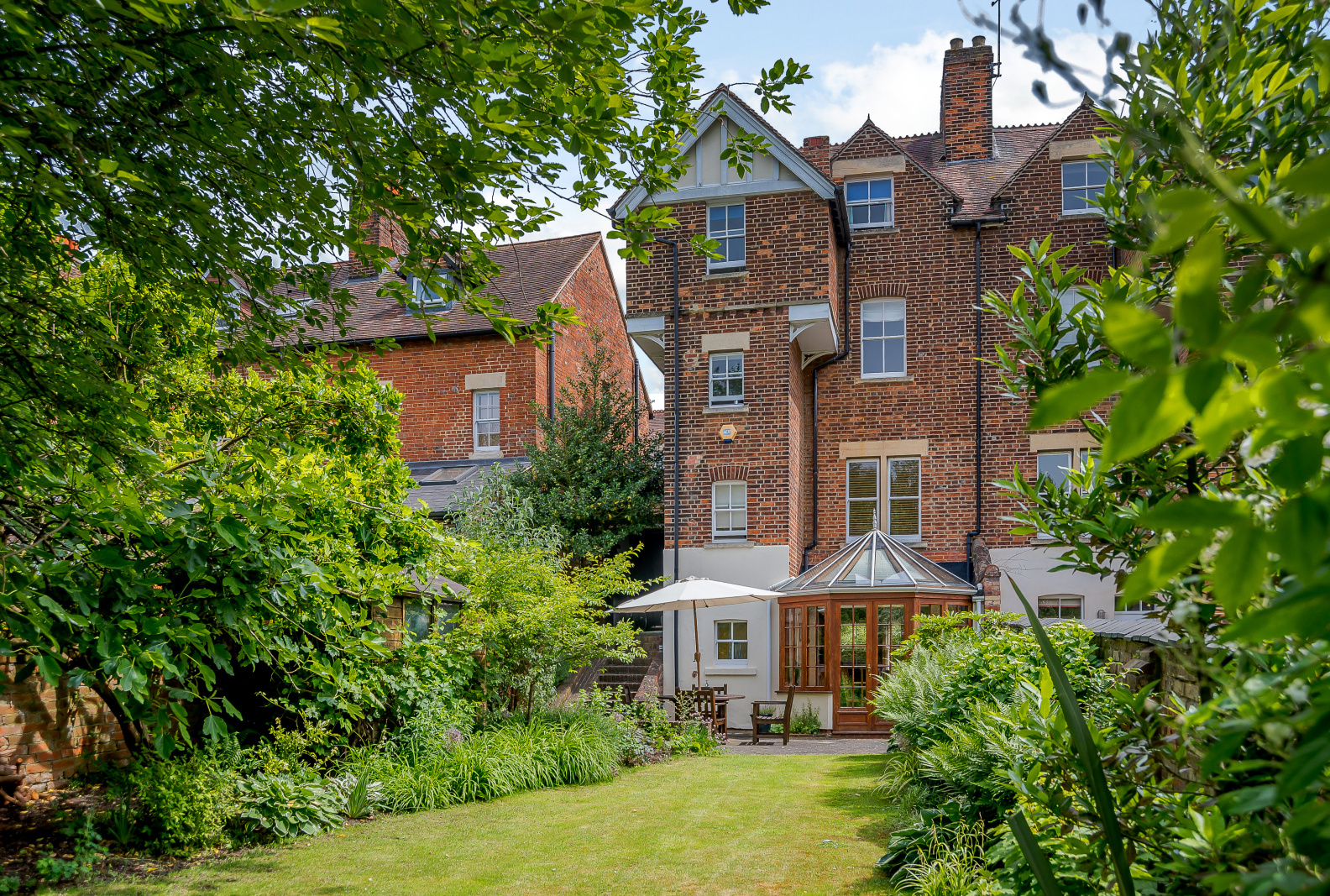
Credit: Strutt & Parker
Charming waterside Victorian country home a stone's throw away from central Oxford
93 Southmoor Road provides the perfect combination of city living and country lifestyle, ideal for those wanting to move out
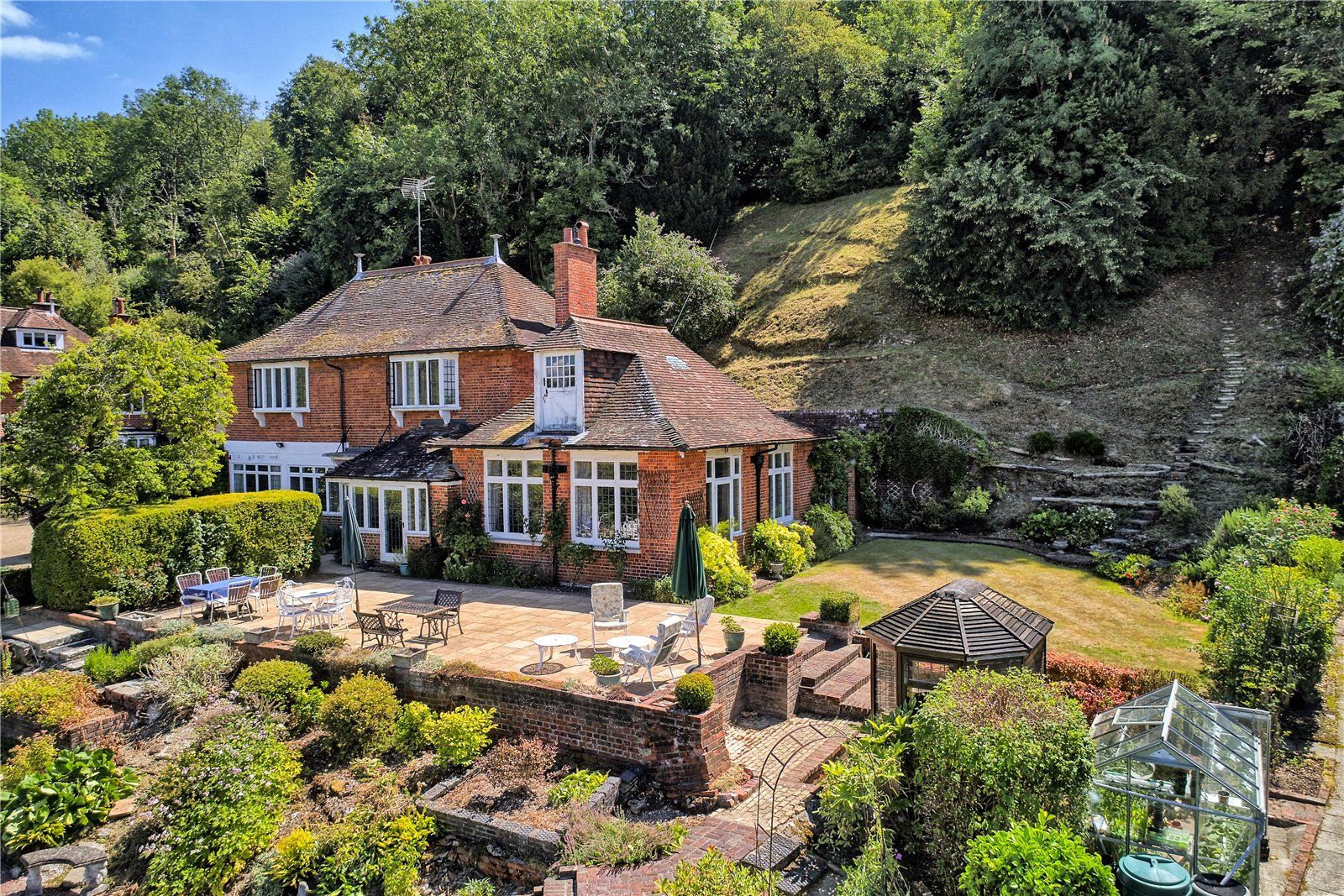
Credit: Savills
A riverside home with sweeping views of the Thames and enormous potential for improvement
Within a mile of the picturesque town of Marlow lies Quarry End, a house with a spectacular position that's ripe
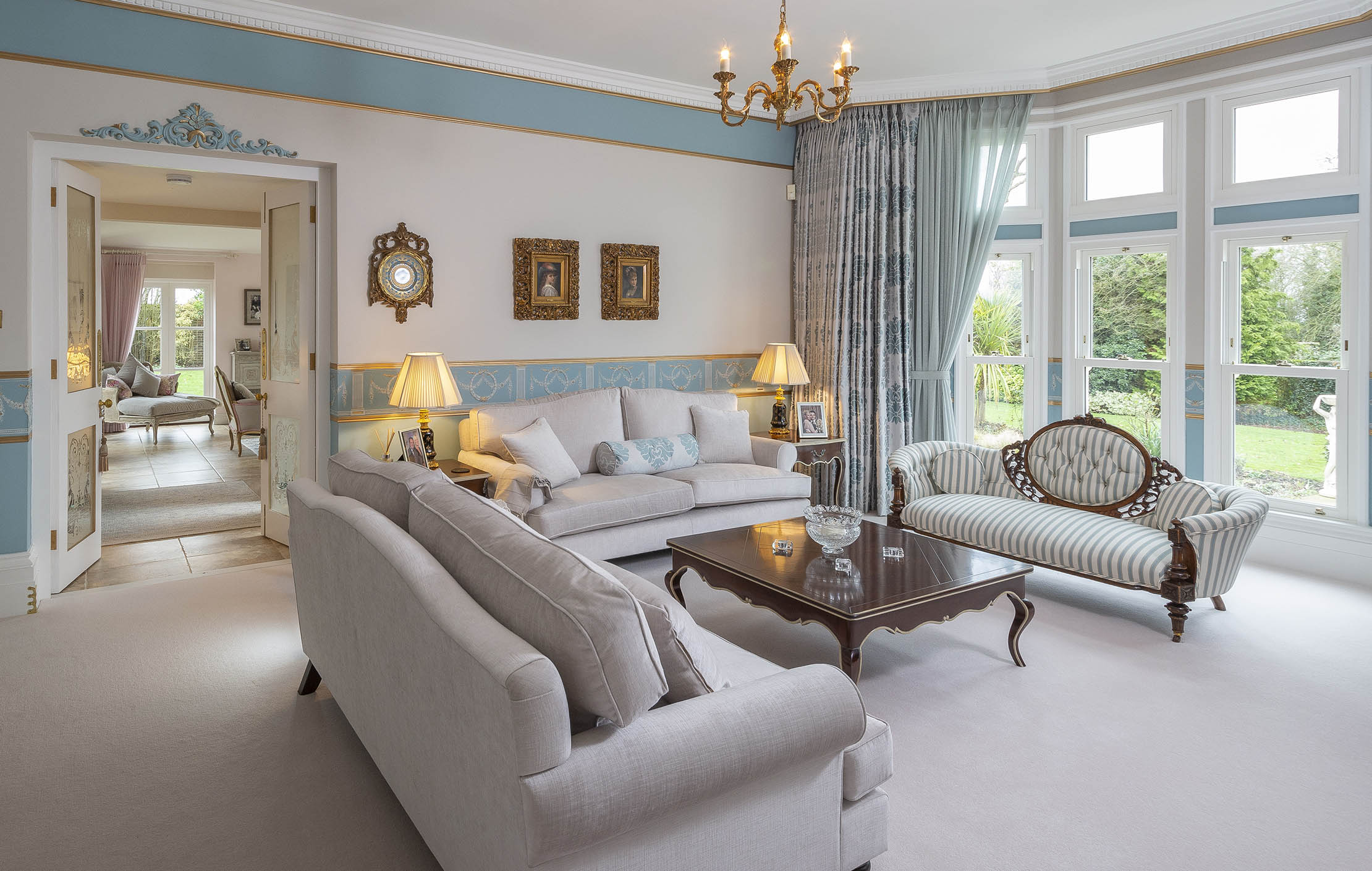
Credit: Knight Frank
A perfect former rectory with sweeping driveway, gabled front and five acres of gardens and meadows
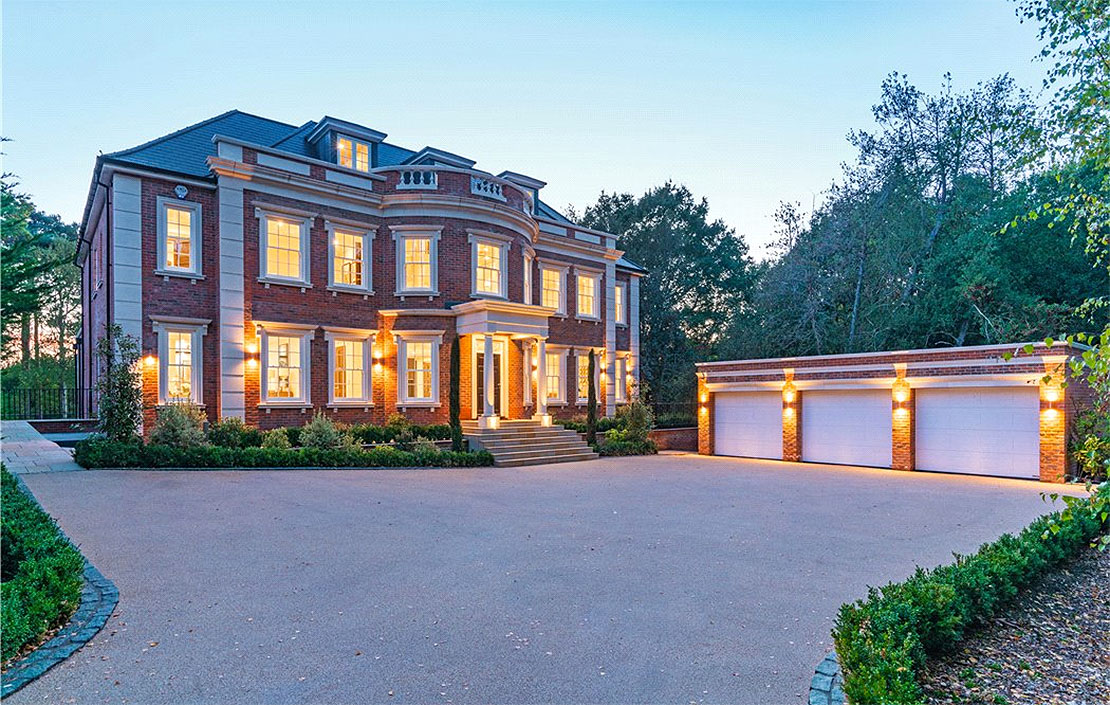
Credit: Knight Frank
A superbly luxurious Berkshire haven for sale, as seen in Country Life
This beautiful home in one of the stockbroker belt's most sought-after locations has every imaginable luxury.
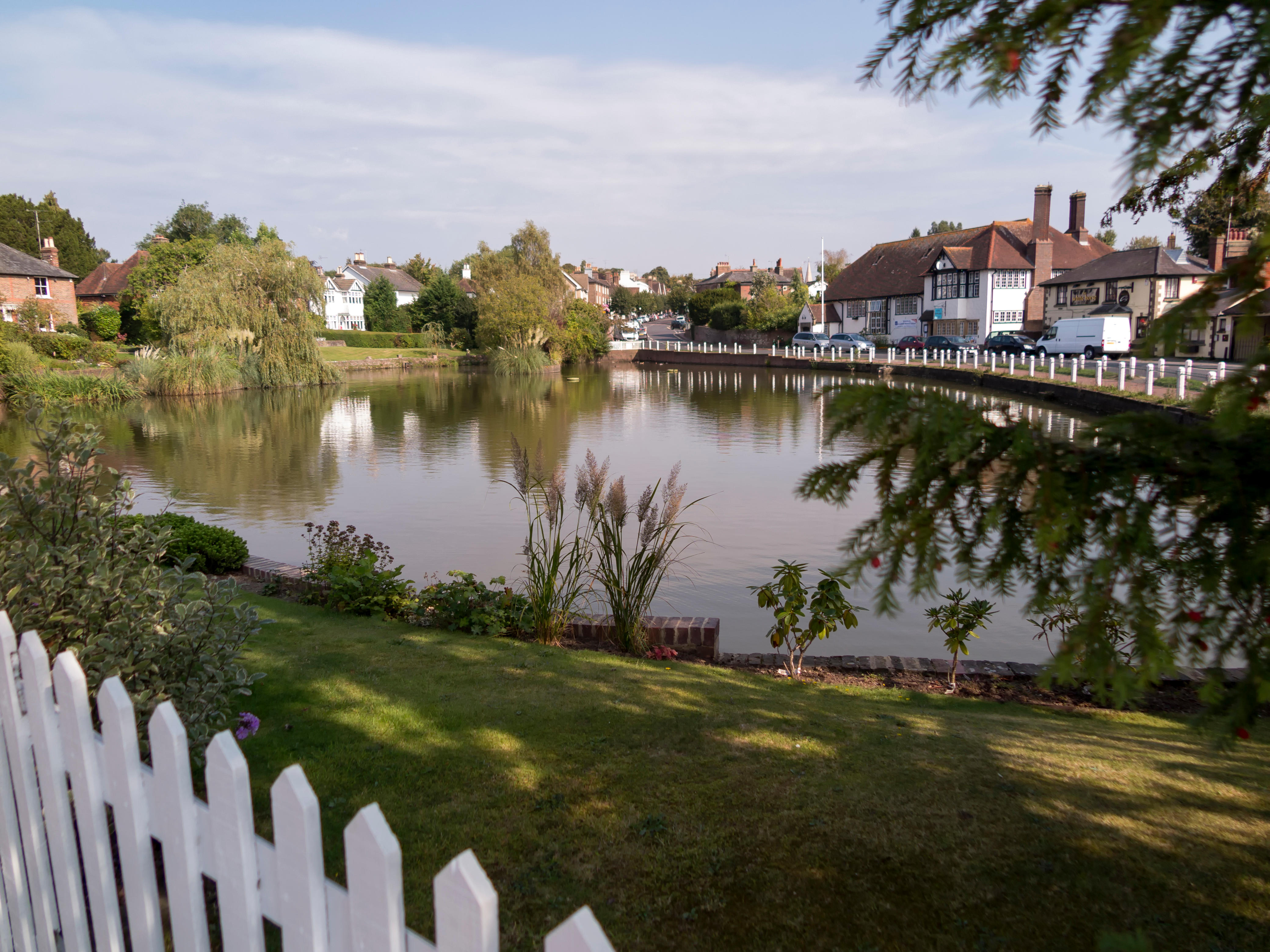
The 50 best places to live near London
Where are the best villages, towns and small cities which are a pleasure to live in, but still offer a
-
 Everything you need to know about private jet travel and 10 rules to fly by
Everything you need to know about private jet travel and 10 rules to fly byDespite the monetary and environmental cost, the UK can now claim to be the private jet capital of Europe.
By Simon Mills Published
-
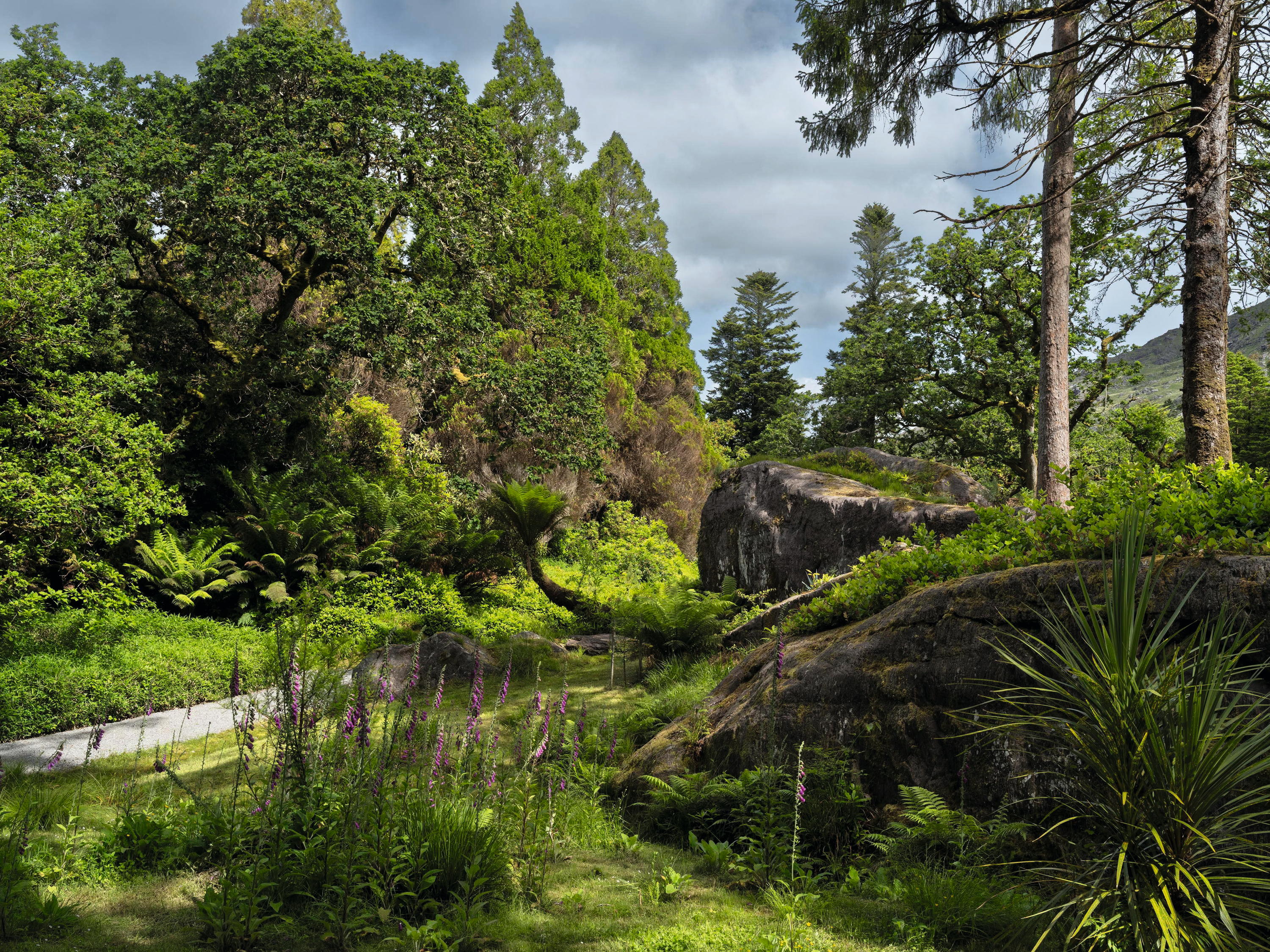 'I'd willingly give a year of my life for a fortnight there': The green dream that is the garden of Derreen
'I'd willingly give a year of my life for a fortnight there': The green dream that is the garden of DerreenExotic woods, labyrinths of narrow, mossy paths and thousands of tree ferns make this an internationally important garden, writes Charles Quest-Ritson. Photographs by Jonathan Hession.
By Charles Quest-Ritson Published
-
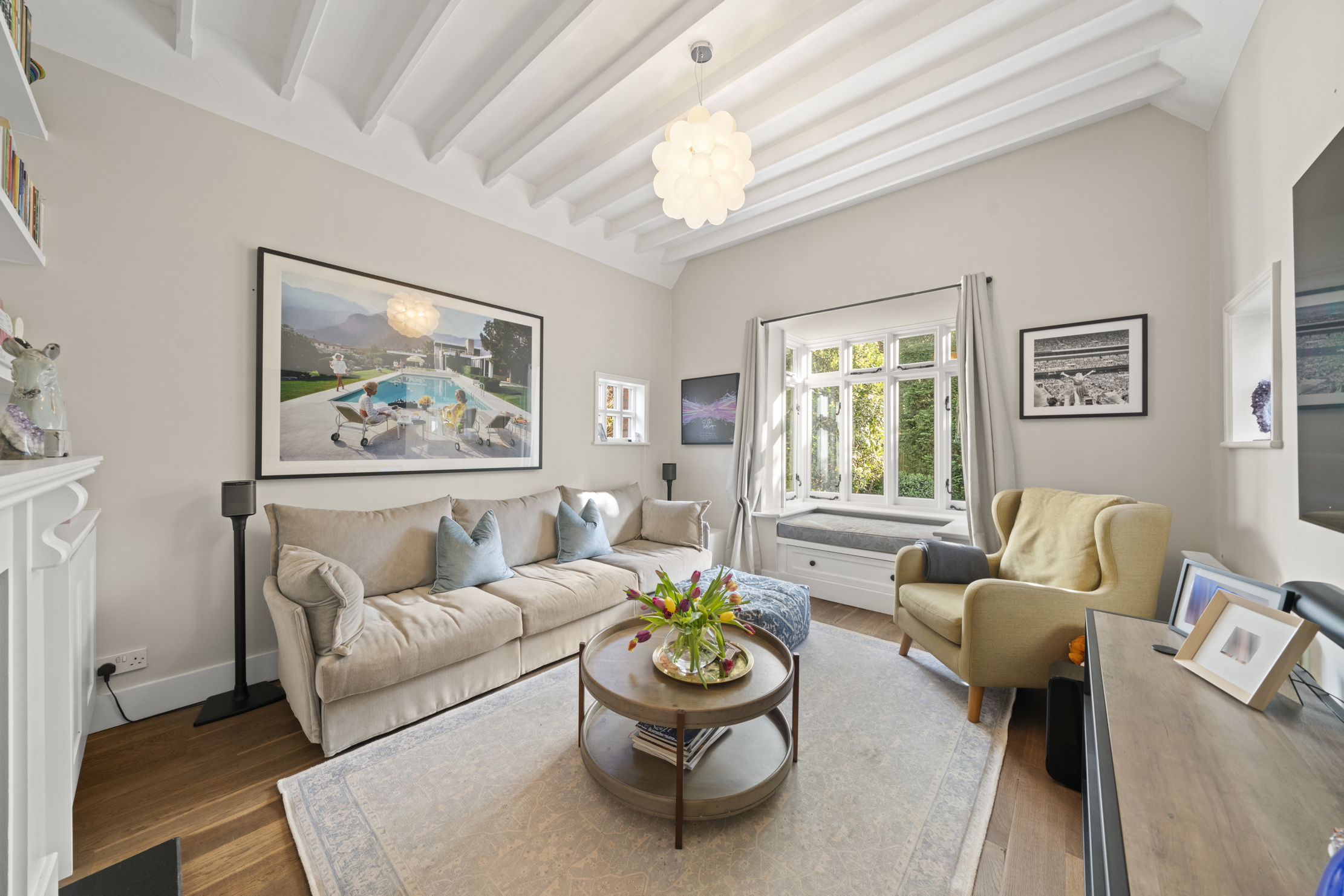 A home cinema, tasteful interiors and 65 acres of private parkland hidden in an unassuming lodge in Kent
A home cinema, tasteful interiors and 65 acres of private parkland hidden in an unassuming lodge in KentNorth Lodge near Tonbridge may seem relatively simple, but there is a lot more than what meets the eye.
By James Fisher Published
-
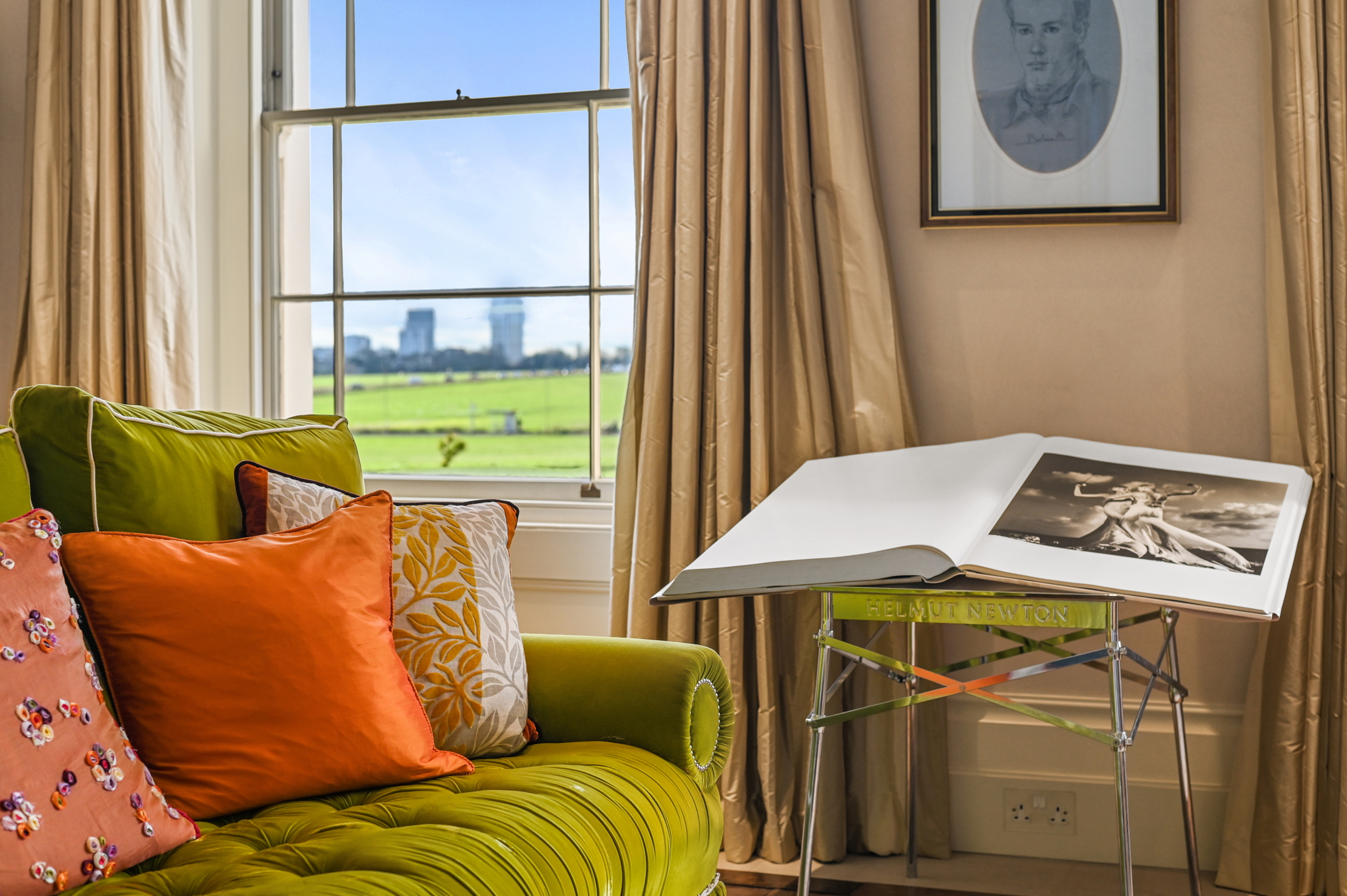 A rare opportunity to own a family home on Vanbrugh Terrace, one of London's finest streets
A rare opportunity to own a family home on Vanbrugh Terrace, one of London's finest streetsThis six-bedroom Victorian home sits right on the start line of the London Marathon, with easy access to Blackheath and Greenwich Park.
By James Fisher Published
-
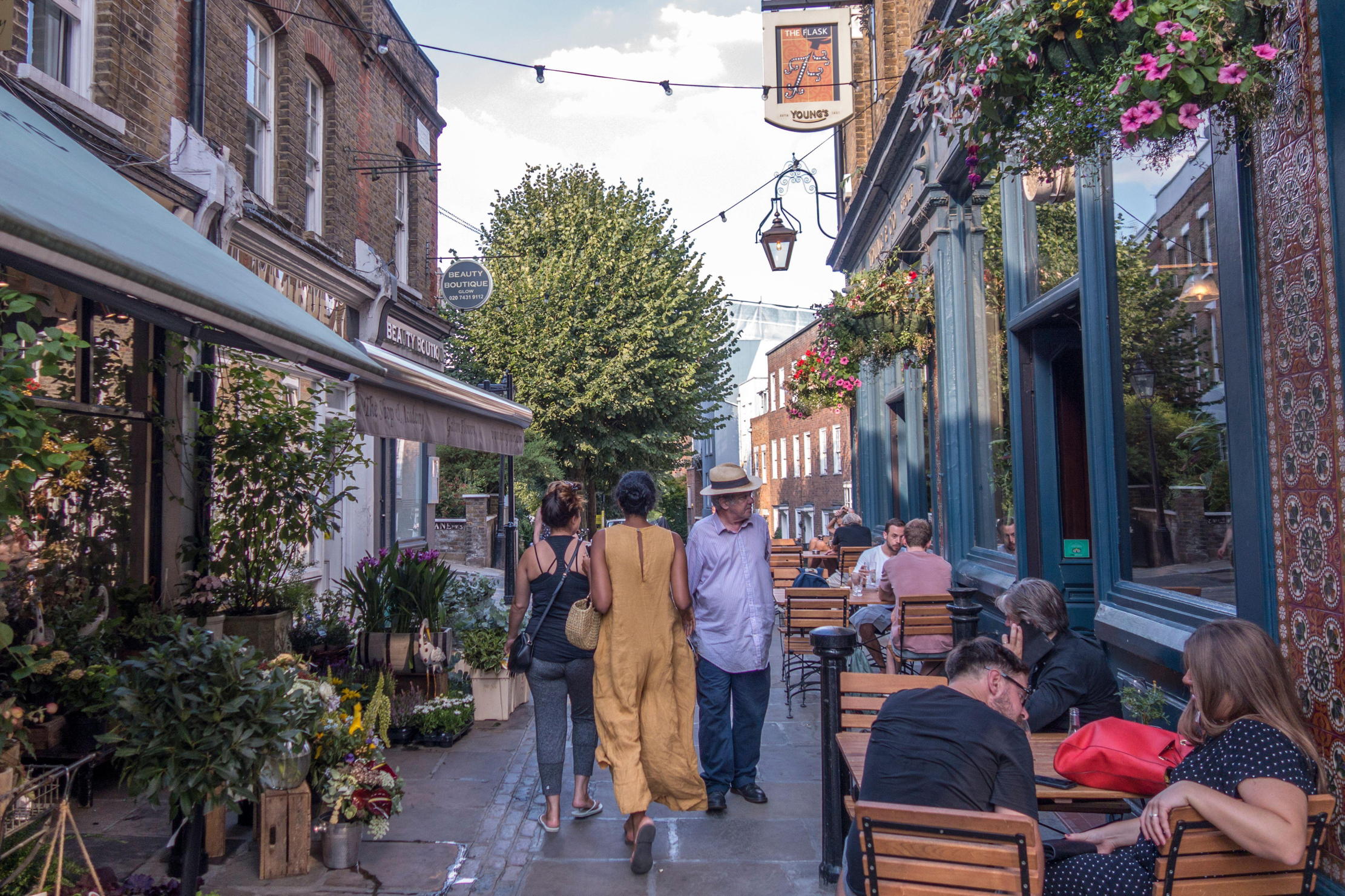 A tale of everyday life as lived on Britain's most expensive street
A tale of everyday life as lived on Britain's most expensive streetWinnington Road in Hampstead has an average house price of £11.9 million. But what's it really like? Lotte Brundle went to find out.
By Lotte Brundle Last updated
-
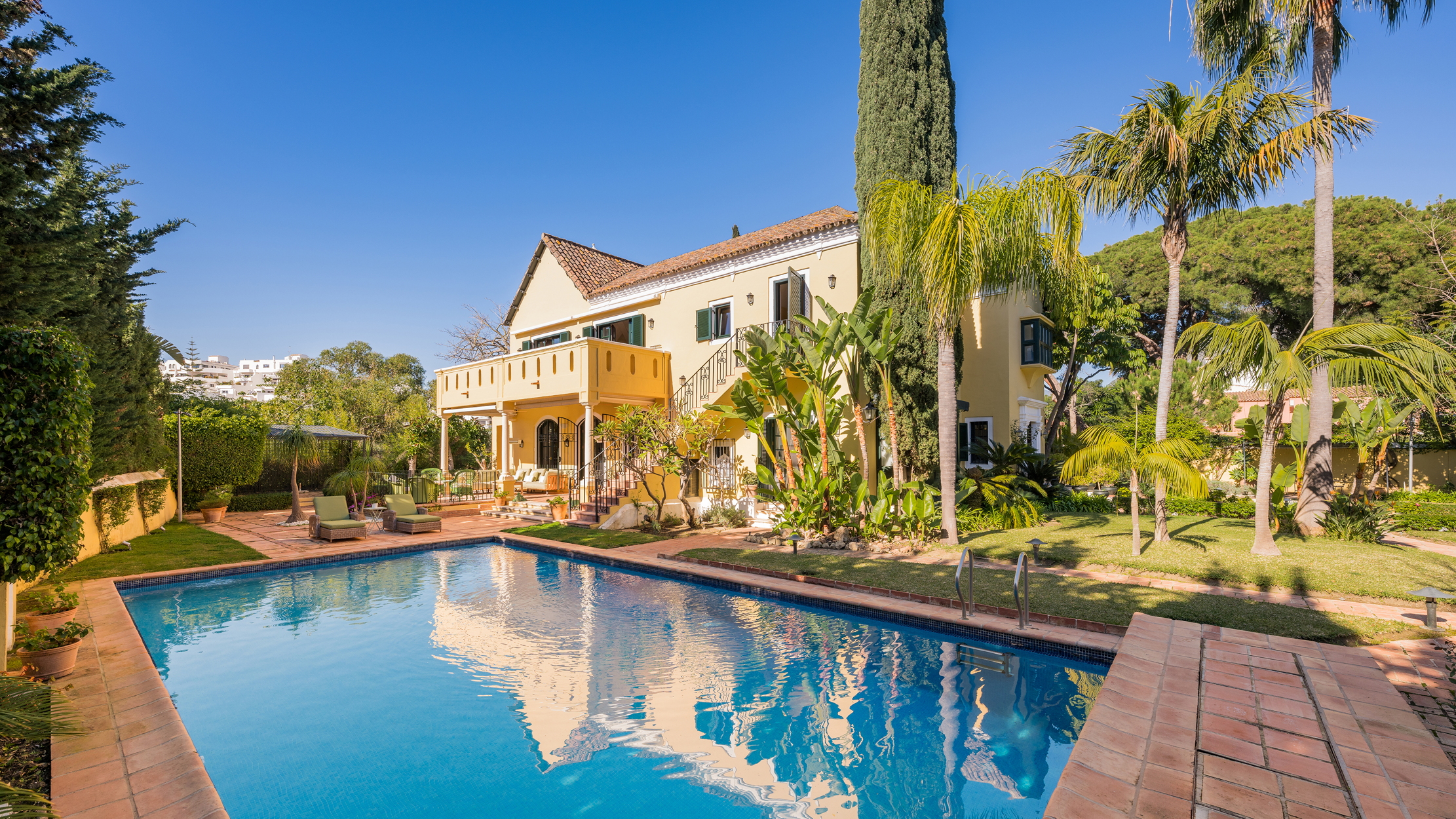 Damon Hill's former home in Marbella is the perfect place to slow down
Damon Hill's former home in Marbella is the perfect place to slow downThe glorious Andalusian-style villa is found within the Lomas de Marbella Club and just a short walk from the beach.
By James Fisher Published
-
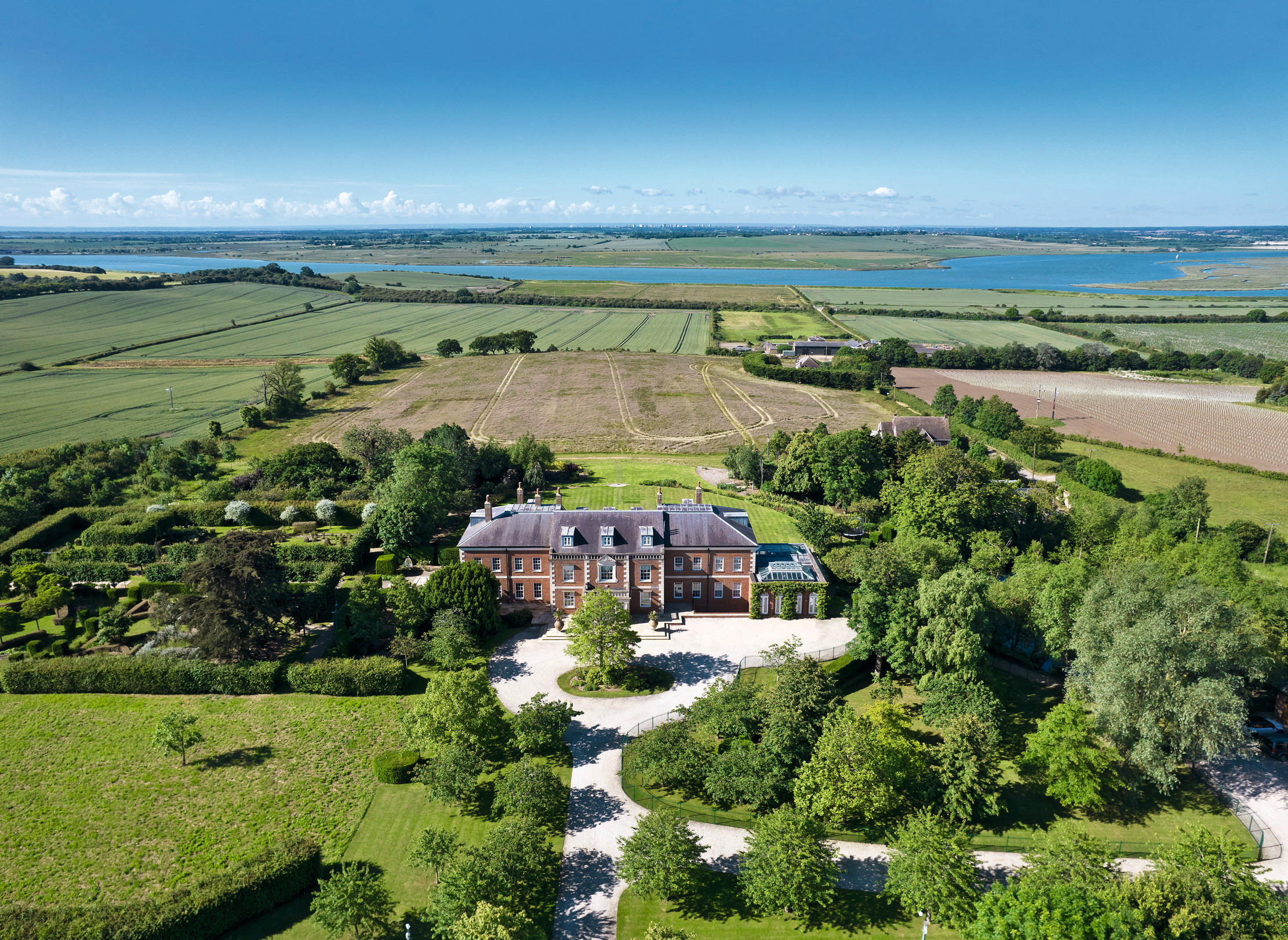 A 327-acre estate in the heart of 'England’s Côte d’Or', with a 26,000sq ft Georgian style home at its heart
A 327-acre estate in the heart of 'England’s Côte d’Or', with a 26,000sq ft Georgian style home at its heartStokes Hall in the Crouch Valley is an inspiring property looking for a new owner.
By Penny Churchill Published
-
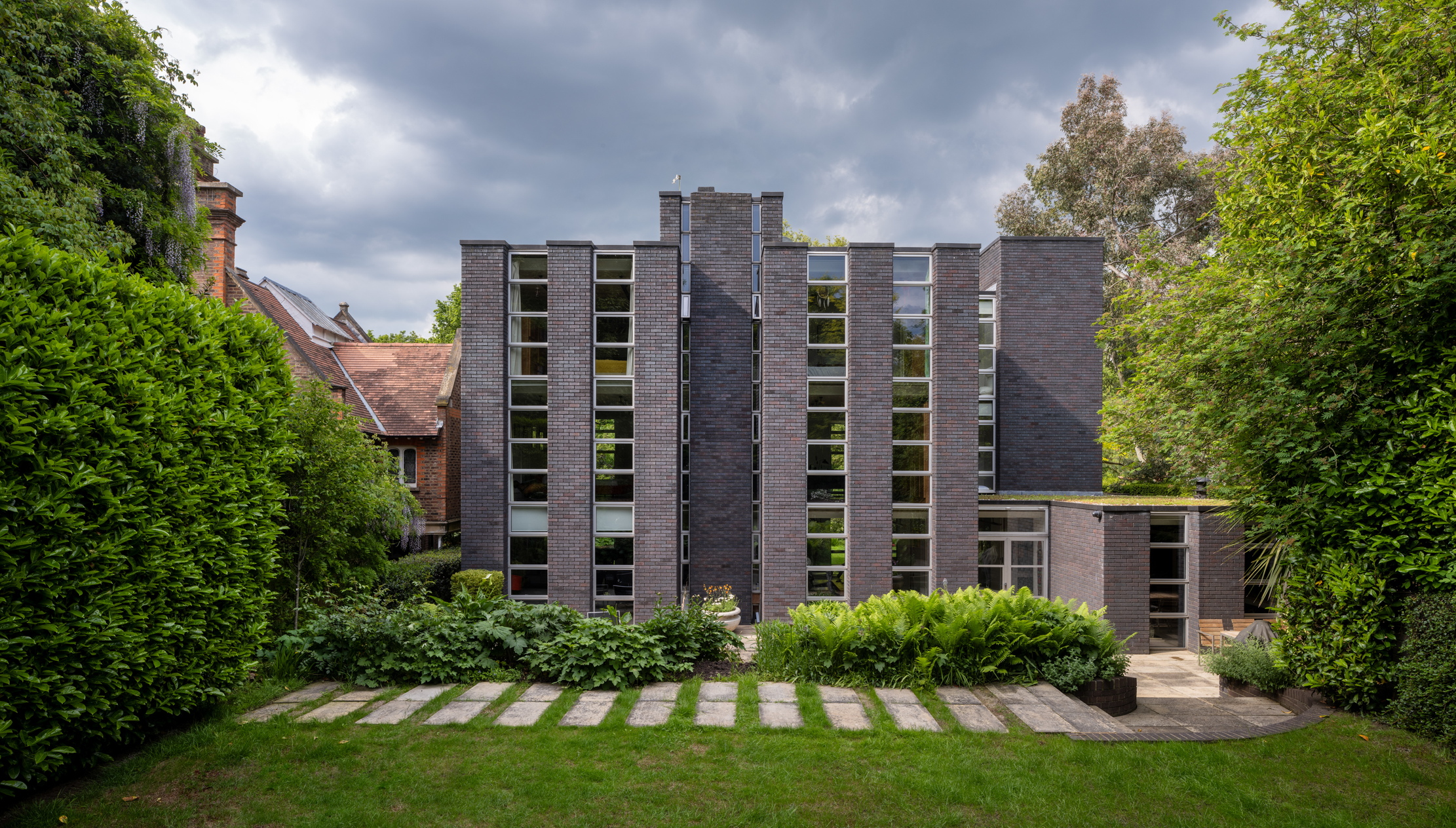 Schreiber House, 'the most significant London townhouse of the second half of the 20th century', is up for sale
Schreiber House, 'the most significant London townhouse of the second half of the 20th century', is up for saleThe five-bedroom Modernist masterpiece sits on the edge of Hampstead Heath.
By Lotte Brundle Published
-
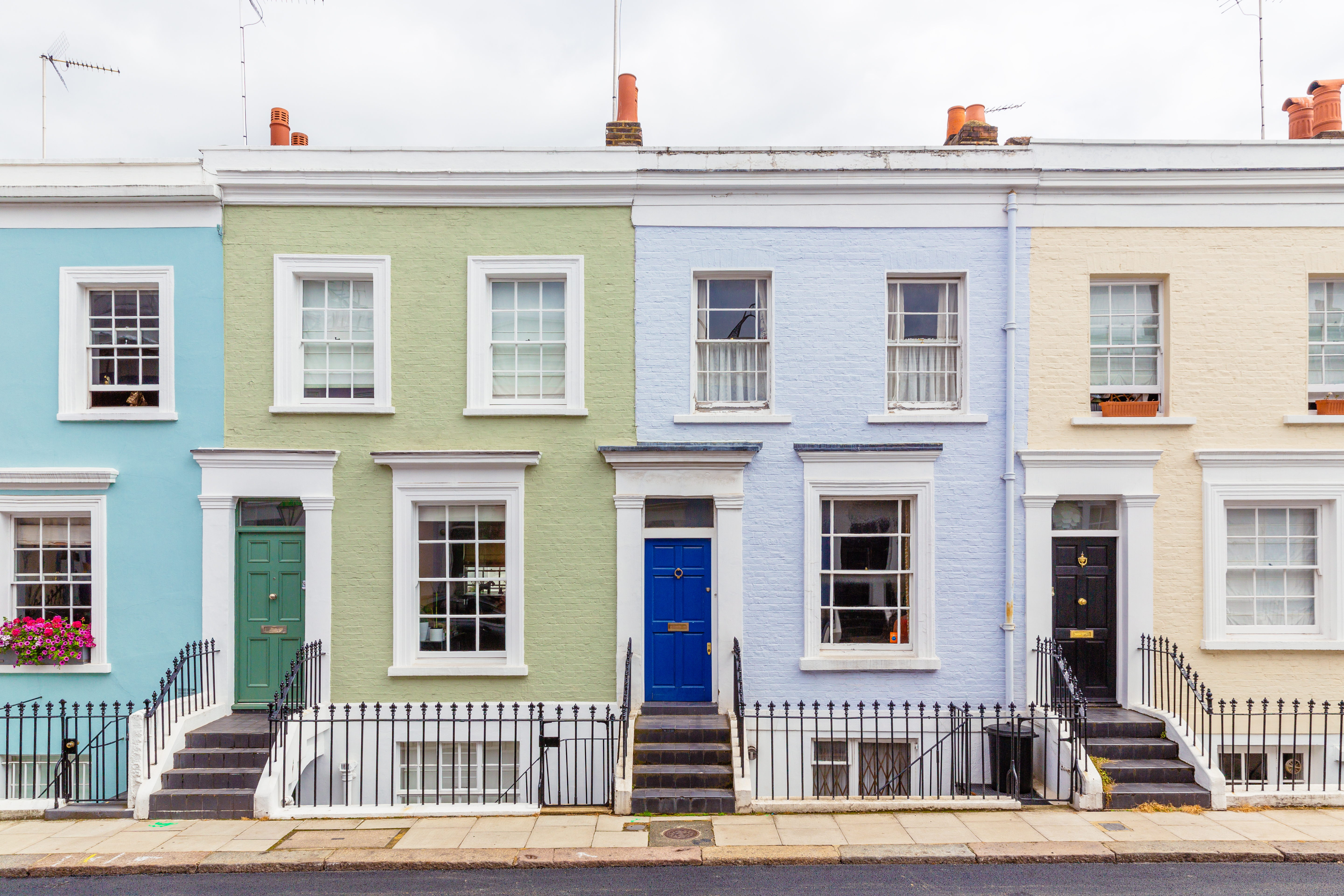 Is the 'race for space' officially over?
Is the 'race for space' officially over?During the lockdowns, many thought the countryside was the place to be. It seems many are now changing their minds.
By Annabel Dixon Last updated
-
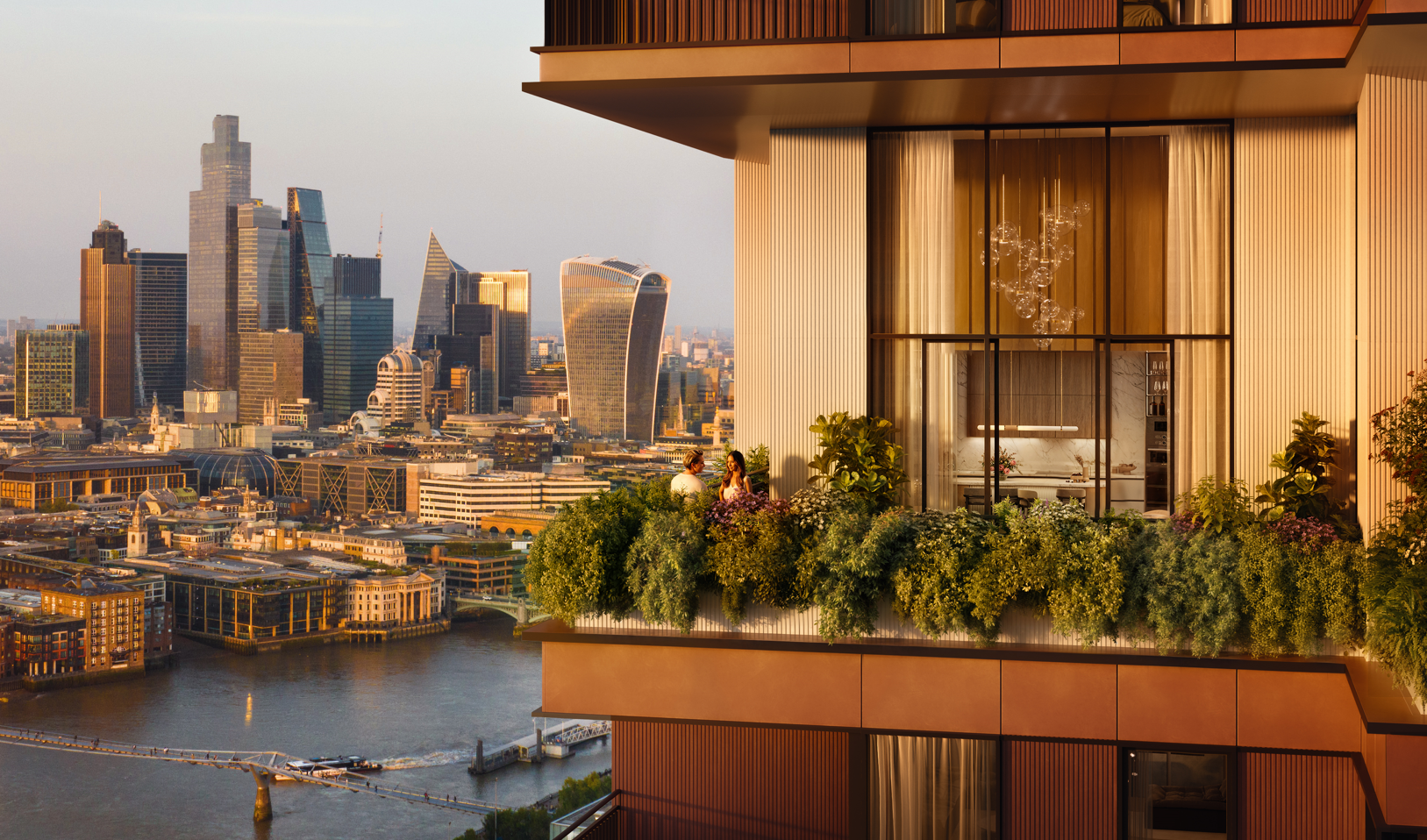 What's a 'wellness village' and will it tempt you back into the office?
What's a 'wellness village' and will it tempt you back into the office?The team behind London's first mixed-use ‘wellness village’ says it has the magic formula for tempting workers back into offices.
By Annunciata Elwes Published
